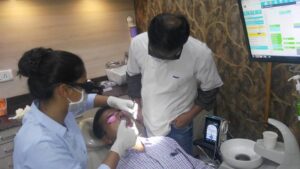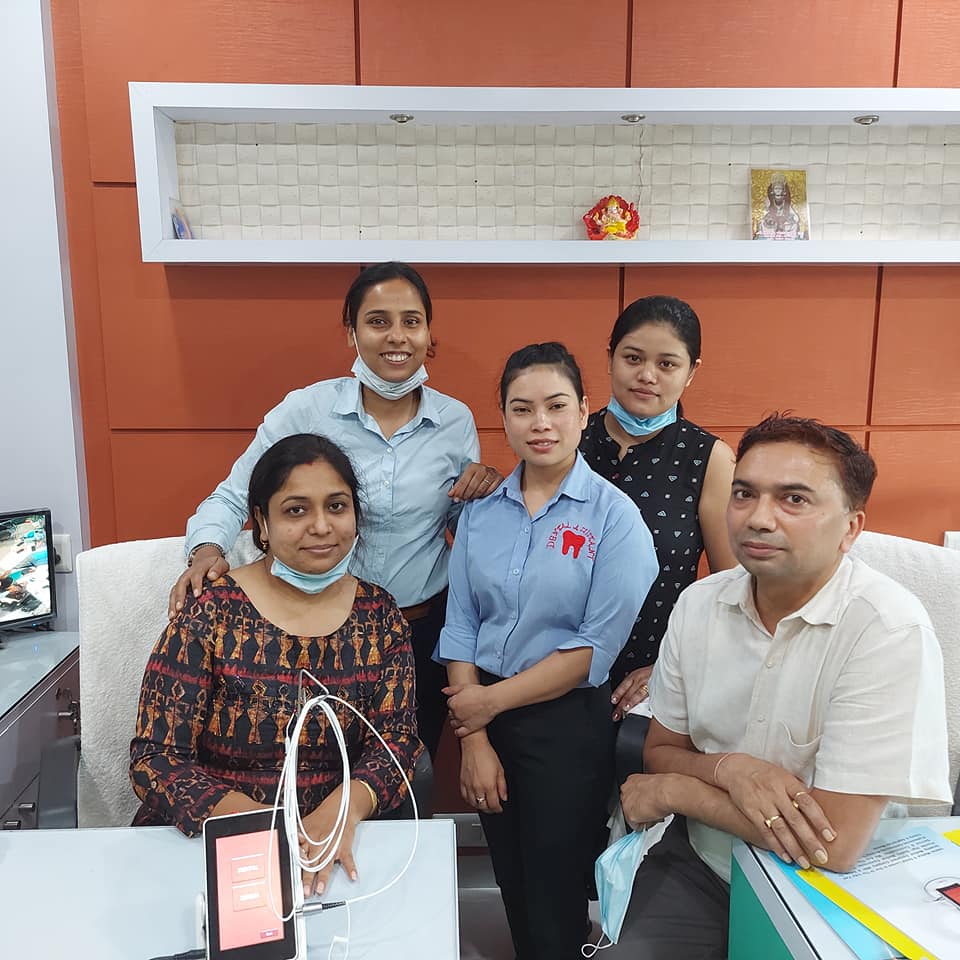Enhancing Dental Practice Workflow with Laser Technology
In the ever-evolving field of dentistry, technological advancements continue to reshape the way dental professionals approach patient care. Among these innovations, dental laser technology has emerged as a game-changer, revolutionizing procedures and patient experiences in remarkable ways. One particularly significant aspect where dental lasers shine is in the realm of ergonomics and workflow, offering dentists a new level of efficiency, precision, and patient satisfaction.

1. Improved Visibility:
Imagine being able to see every nook and cranny of the treatment area with unprecedented clarity. Dental lasers make this a reality. Equipped with fiber-optic guides that are both thin and flexible, these tools allow dentists to navigate the oral landscape with precision. Even the most hard-to-see areas become accessible, enabling dentists to target specific tissues accurately. This newfound visibility translates into a higher level of confidence during procedures, as dentists can confidently address issues that might have once been challenging to reach.
2. Access to Hard-to-Reach Areas:

Traditionally, some dental procedures presented challenges when it came to reaching difficult areas. However, dental lasers have changed the game. The fine and flexible tips of laser guides can be maneuvered into tight corners and spaces that were previously off-limits to conventional tools. This enhanced access is particularly valuable in procedures involving delicate soft tissues or intricate dental work. Dentists can now effectively treat areas that once posed challenges, ensuring comprehensive care for their patients.
3. Reduced Bleeding:
Bleeding during dental procedures can obscure the treatment area and hinder precision. Here’s where lasers make a notable difference. The focused energy of dental lasers coagulates blood vessels as it interacts with tissue, resulting in significantly reduced bleeding. This controlled environment not only provides a clearer view for the dentist but also creates a more comfortable experience for the patient. Less bleeding means less interruption during the procedure, leading to a smoother and quicker process overall.
4. Improved Patient Outcomes and Satisfaction:
The culmination of improved visibility, enhanced access, and reduced bleeding directly translates to better patient outcomes and satisfaction. With dental lasers, procedures become more accurate, less traumatic, and often shorter in duration. Patients experience less discomfort during and after the procedure, leading to quicker recovery times. This improved experience fosters a stronger dentist-patient relationship and higher levels of satisfaction, which are crucial factors for any dental practice’s success.
5. Streamlined Workflow:
Efficiency is key in any dental practice. Dental lasers contribute significantly to an efficient workflow. Dentists can work with increased confidence, knowing they can reach every necessary area and perform procedures with precision. The reduced need for constant adjustments due to bleeding or limited access leads to a seamless and focused workflow. As a result, dentists can achieve treatment goals more effectively, potentially allowing them to accommodate more patients in a day without compromising the quality of care.
Incorporating dental laser technology into your practice transforms the way you approach dental procedures. The ergonomic benefits, such as improved visibility, access to hard-to-reach areas, reduced bleeding, and enhanced patient satisfaction, contribute to a well-rounded and advanced approach to dentistry. As technology continues to evolve, embracing tools that enhance both the dentist’s experience and patient outcomes is a forward-thinking step that aligns perfectly with the goals of modern dentistry


Comments